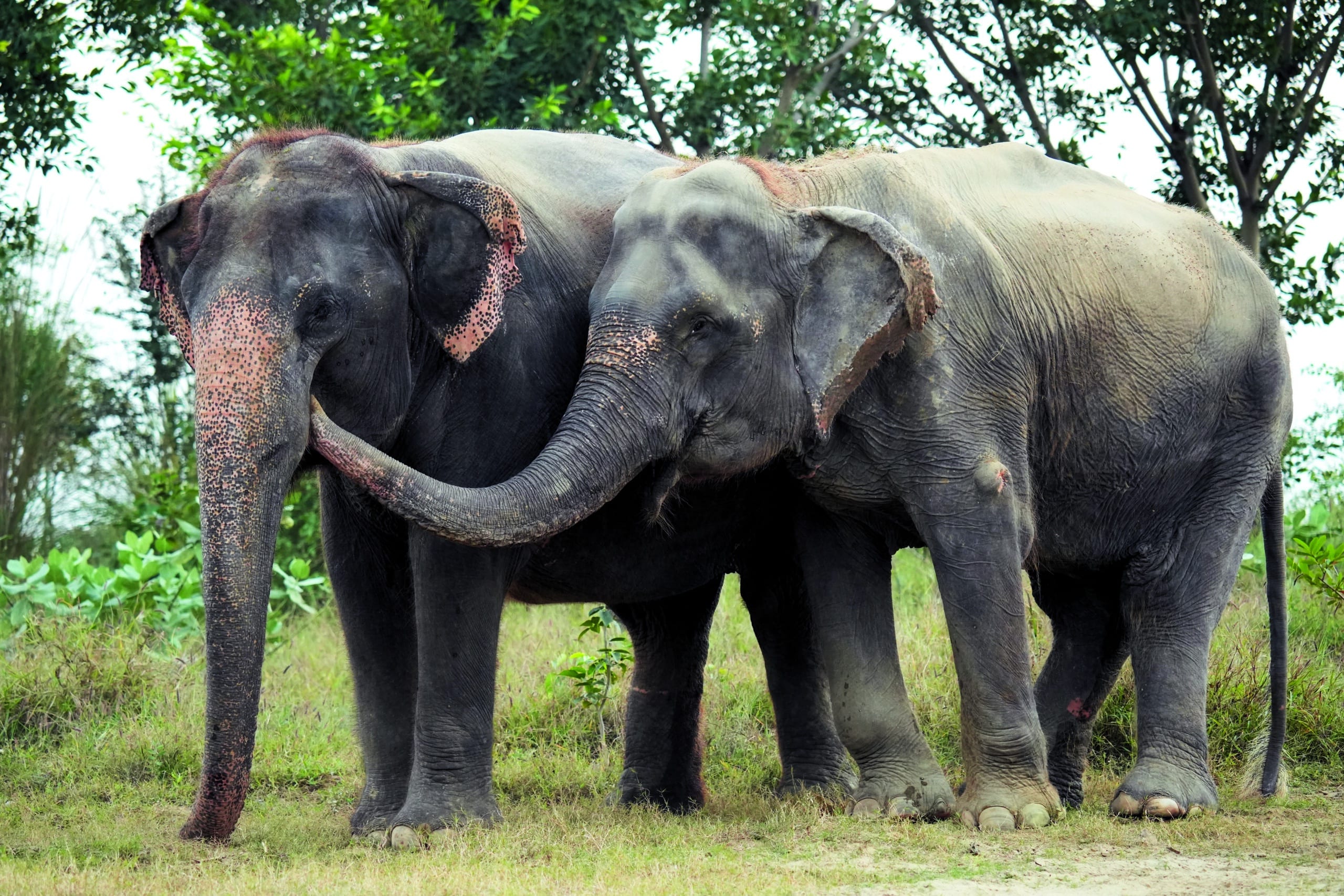You might remember Kalpana—I am happy to report that this year she celebrates her fifth rescue anniversary at Wildlife SOS. Formerly exploited and abused as a ‘begging’ elephant in Uttar Pradesh, Kalpana was rescued in 2019 and brought to the Wildlife SOS Elephant Hospital Campus (EHC) in Mathura for comprehensive...
What is regional planning?
One of the problems with the existing federal Environment Protection and Biodiversity Conservation 1999 (EPBC Act) is its failure to properly consider cumulative impacts – the impacts of hundreds of small decisions that collectively make a big impact on nature. One way to better manage cumulative impacts is to take a step back, look at a region and work out upfront, what needs to be protected and where we can allow ecologically sustainable development. That is what regional planning is designed to achieve.
The federal government has committed to a new system of regional planning
Having identified that “regional plans can speed up decision-making while delivering nature positive outcomes at a landscape scale”, the Australian Government has committed to a new, more effective approach to regional planning. The promised approach is that regional plans will identify areas upfront that should be prioritised for protection, restoration or sustainable development. Under the Government’s proposed new environment law, regional planning will have its own National Environmental Standard as well as being required to meet other Standards. Regional plans would also be used to help ensure Australia meets its target of protecting 30% of land and sea by 2030.
We’ve been championing better regional planning for years
HSI Australia has long supported the use of good regional planning systems. In fact, one of the key recommendations from our 2018 report on the next generation of nature laws (in collaboration with Environmental Defenders Office) was for the development of a new regional planning framework. We envisage this framework protecting natural and cultural heritage places, achieving biodiversity goals and ensuring ecologically sustainable development.
Unfortunately, our experience of regional planning to date is that it prioritises development at the expense of the environment and fails to respond to new information (e.g. when an animal is declared Endangered), which puts increasingly threatened wildlife and their habitats at risk. Reforms of the EPBC Act provide an opportunity to finally get regional planning right.
What does good regional planning look like?
For regional plans to deliver on their potential, there are a number of elements they must contain. They must:
- Provide clear guidance on the outcomes and measurable objectives that must be achieved, including identifying those areas that must be maintained to provide effective protection of wildlife and their habitats.
- Be consistent with the objects of national nature laws and conservation planning requirements, including protecting critical habitats and other areas needed to ensure species and habitat recovery.
- Be conservation-led and science based, recognising and incorporating new information as it becomes available.
- Be consistent with the Global Biodiversity Framework that Australia has signed on to, ensuring that all areas are effectively managed, so that by 2030 the loss of areas of high biodiversity importance is close to zero.
- Be developed and implemented with strong community engagement and involvement, including respecting the knowledge and rights of First Nations peoples.
- Have a role for the proposed new Environment Protection Australia (EPA) to maintain oversight of the implementation of the plans, including monitoring and enforcement, as well as updating the plans as new information becomes available.
The mistakes in regional planning to avoid
Regional plans cannot be “set and forget” in the way that we’ve seen previously. Too often monitoring, review, and evaluation merely tracks the path to extinction. Regional plans must identify consequences if the plan is failing to deliver the desired outcomes or leading to unexpected harm to wildlife and their habitats. This must be done in a timeframe that means negative consequences can be identified and acted upon before they cause significant harm.
Regional planning can lead to more effective decision making by helping developers to better understand how to avoid significant impacts on nature (helping their development application to be accepted). But it cannot remove the requirement for decision makers to consider the impacts of individual development applications within the region. Specific project assessments and decisions will always be required.
What’s next?
The Australian Government has already commenced work on its Regional Planning Initiative, prioritising areas that are experiencing development pressure and have high biodiversity values.
The EPBC Act reform stakeholder consultations held this month gave us some insight into how that process might roll out. While there were some good features in the proposed regional planning framework around decision making – primarily around improving our knowledge of the region and the ability to respond to new information – what is currently being proposed falls well short of the conservation-led integrated management arrangements that regional planning can offer. We will be making recommendations to improve the proposals in our feedback to the Government in the new year.
Download a PDF version of this blog, so you can print and share with your Member of Parliament.

Learn more about what we need to achieve stronger laws for Australian nature. Read our other Nature Law Explainer blogs:
- What are National Environmental Standards and why do we need them?
- Climate Change
- The importance of an “EPA”
- Critical habitat needs protection
- Managing wildlife trade
- Objects and Duties
- Strengthening Conservation Planning
- Nature Laws Explainer: Protecting Marine and Migratory Species
- Regional Planning
- What are biodiversity offsets? (Part 1)
- What are biodiversity offsets (Part 2)
- What ‘triggers the EPBC act?
- Strong nature laws shouldn’t be undermined by exemptions
- Environmental assessments and decision-making


